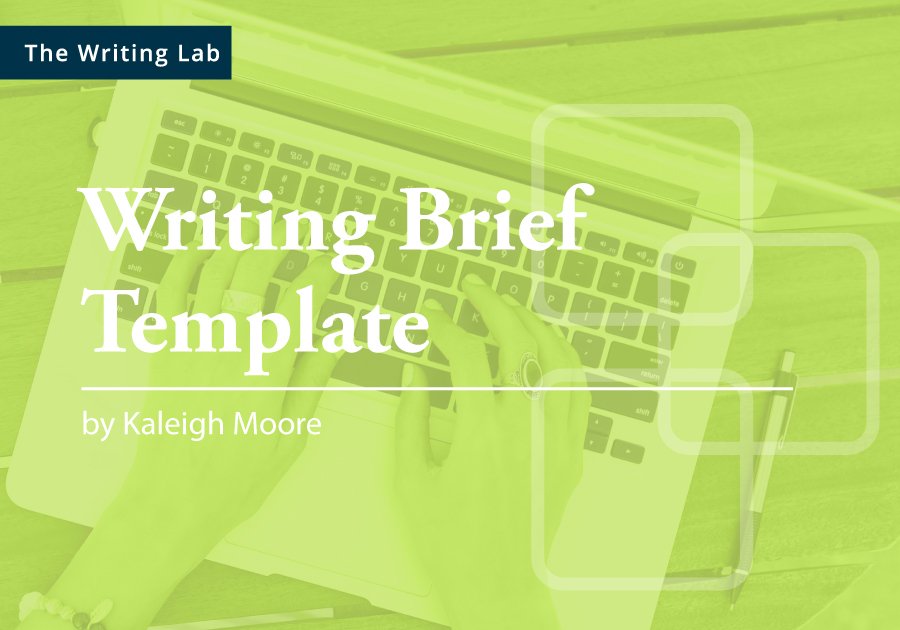Ever tried writing something without clear direction before?
It’s a freakin’ nightmare.
You don’t know who you’re writing for. Or why. Or really what you’re writing about.
I’ve been there, and I’ve learned that it just doesn’t work...even if you’re just writing an ugly first draft.
That’s why now, I start every writing assignment with a creative brief (which I plop right into the top of the Google Doc for reference as I write.)
It helps keep me on track, cuts WAY down on the time I spend editing, and makes my first drafts look like a final draft.
Whether you’re assigning a writing project to a team member/freelancer or you’re the writer in need of clear direction, you have to know what to ask for (and what to include) in a brief.
But there’s no one-size-fits-all guidance on this. I’ve looked. I eventually realized I’d just have to make up my own template.
A few things I always include in all my writing briefs:
Post summary/objective: 3-5 sentences summarizing the topic of the post and what the reader should learn after reading it
Style notes: Any words/phrases to avoid, important notes on grammar/style, preferences around formatting and layout
Relevant articles to source: Inspiration articles, relevant articles from the company I’m writing for, research to cite, etc.
When I have all of this information, I put it right up top within the Google Doc I’m using and then insert a page break with a line. Everything below the line is the draft itself.
If there are pieces I don’t have (but need) before I can get to work, this helps me put together a shortlist of things to ask my client for and keeps the project moving forward at a good pace.
Get this template with info you can grab and use right away.
I hope it’ll add some clarity and efficiency to your writing, as it has for me.
P.S. I was recently on the Hot Copy podcast with Belinda Weaver (and her extremely charming Aussie accent)

